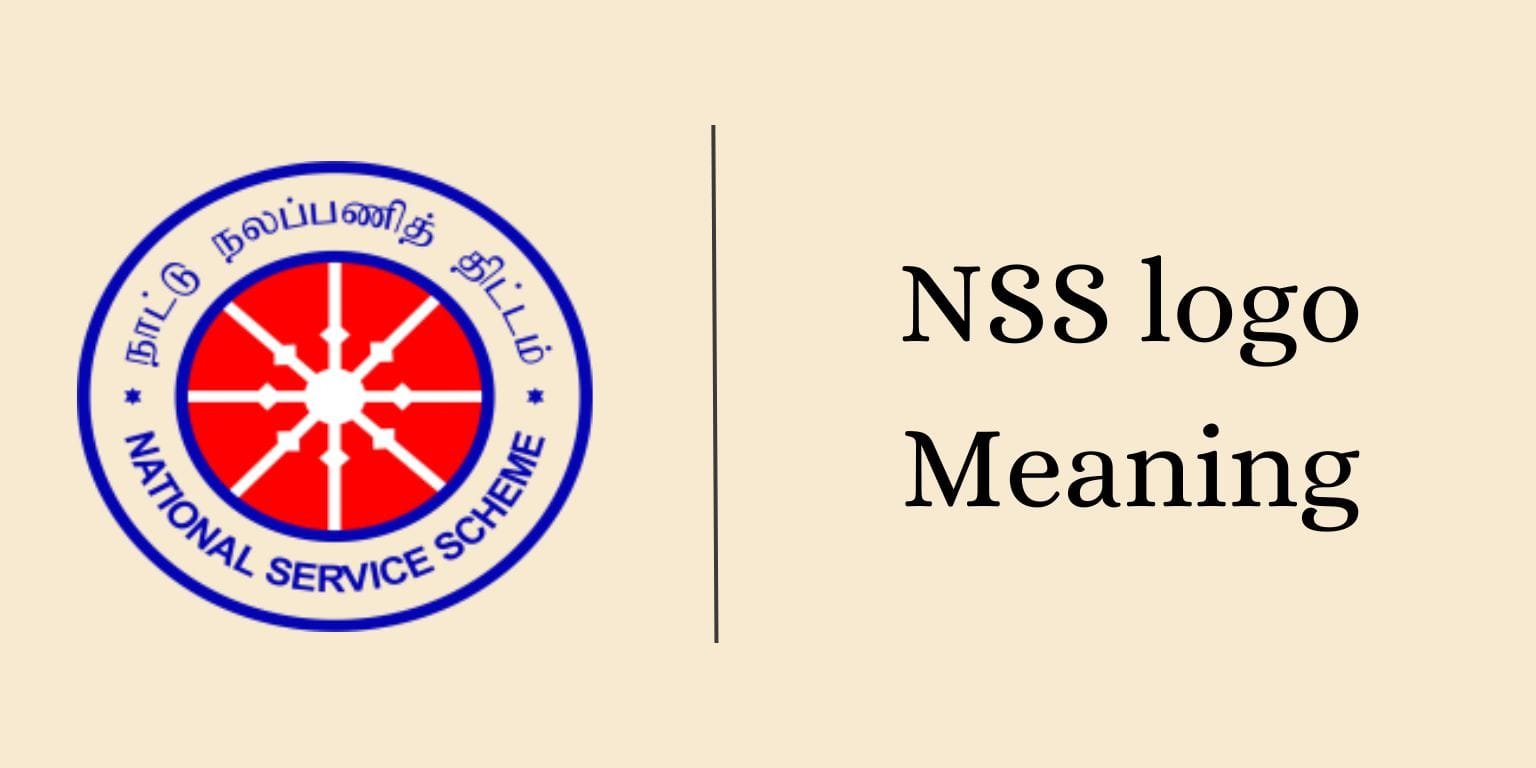Table of Contents
ToggleNSS logo meaning
let’s start this topic with what NSS logo meaning NSS or National Service Scheme its logo was founded in 1969, the birth centenary year of Mahatma Gandhi under the Ministry of Youth Affairs and Sports. Initially, it began with 37 universities across India involving more than 40000 students.
It was established as an extension of higher educational institutes with the idea of simultaneously involving students in community service and their education. The students develop a social and civic responsibility by being a part of NSS.
NSS’s logo is a testament to India’s rich cultural history. As a national-level organisation, this logo holds a lot of importance as it speaks to the people and we know it very well as we design such logos for different organisations as a logo development agency.
It represents the ethos and values of the organisation. It is based on the giant wheel on the giant ‘Rath Wheel’ inspired by the Sun Temple in Konark, Orissa. The logo stands for the dynamism the organisation follows and the progressive vision of the members.

NSS logo Meaning and history
NSS logo meaning history dates back to 1969, the year of its inception. Launched right after independence, the logo is synonymous with volunteerism, social work, and brotherhood.
The logo was launched by the Ministry of Youth Affairs and Sports, Government of India. It instilled a feeling of pride, volunteerism, social change, and betterment of the country in the youth. Students willingly joined NSS and took part in various events they organised.
What is the meaning of the NSS logo colour?
Each colour embedded in the NSS symbol stands for something significant. They all combined present a picture of harmony and the power of collective action, and even more so when the youth, i.e., the future of the country is involved.
The blue colour in the outer ring symbolizes the sky. It represents the vast expanse that the sky is and how it’s a metaphor for life. It signifies the vast number of opportunities and multiple directions available to us. It shows boundless aspirations and the potential and the vast cosmos of which NSS is a small part.
The red colour in the middle signifies the energy and strength with which NSS members work towards social change. Both the colours when combined symbolize the strength and change that NSS members bring to a small part of this entire cosmos.
What is the inspiration for the NSS logo?
The inspiration behind NSS’s logo lies in India’s rich cultural history. The logo showcases the cultural and ideological influences behind it.
The Chakra is inspired by the ‘Rath Wheel’ which can be seen in the ancient Sun Temple of Konark which is a huge part of Indian history. The wheel is a symbol of the cycle of creation, preservation, and release as taught in ancient Indian texts. It’s a representation of the precious cycle of life.
It can also be viewed as hands interlocking and being joined together. Given the fact that NSS is an organisation consisting of students, it signifies collective efforts, strength, and unity of the members.
Who is the father of NSS?
Dr V.K. Rao, the then education minister of India is often known as father of NSS. Initially, it was Pandit Jawaharlal Nehru who proposed the idea of an organisation consisting of college students who would work for social change. He proposed this idea to the Chief Ministers of all the states in 1958 and asked the Ministry of Education to come up with a concrete plan.
The proposal finally came to fruition under Dr VK Rao. As the first Prime Minister of the country, Nehru recognised the power of the youth and how small initiatives at the higher education level can bring huge changes.
After half a century, it can be said NSS has been successful in implementing Pt. Nehru’s dreams and is serving the country right. Students now join NSS and volunteer for social upliftment activities such as donation and cleaning drives.


